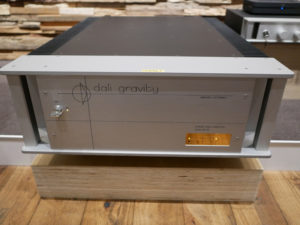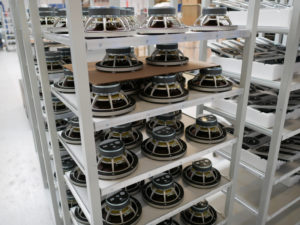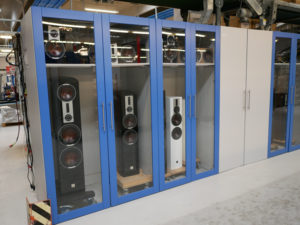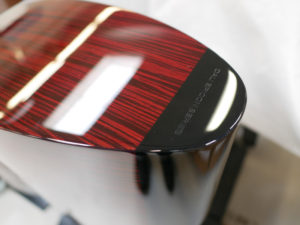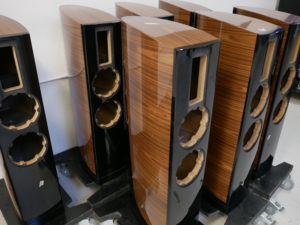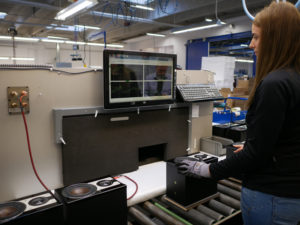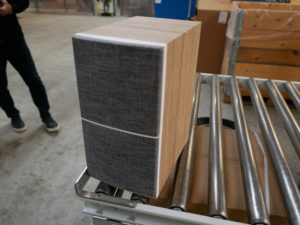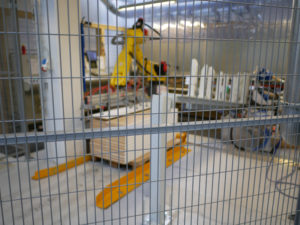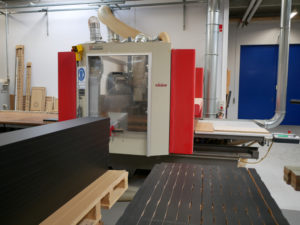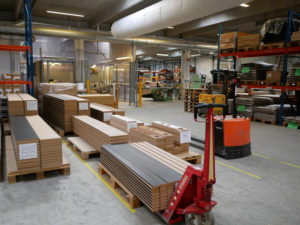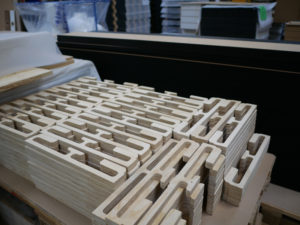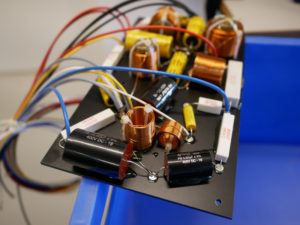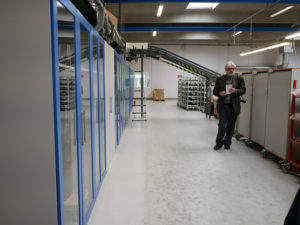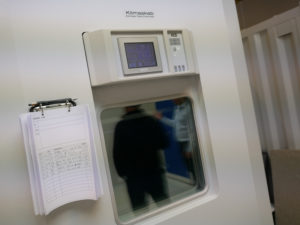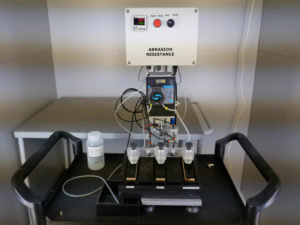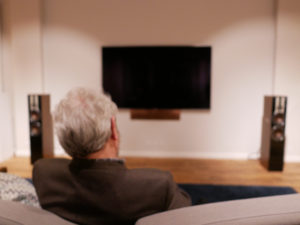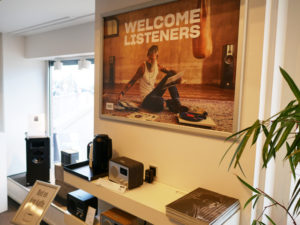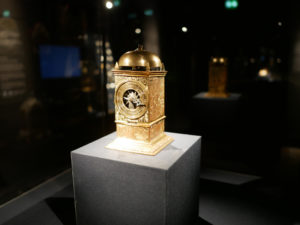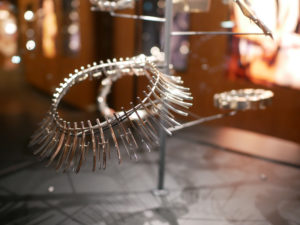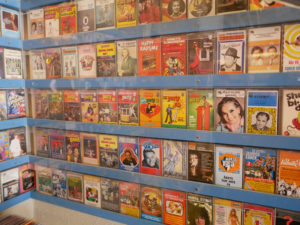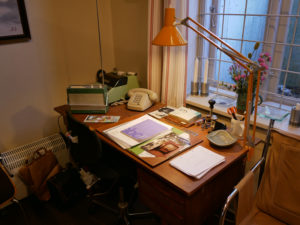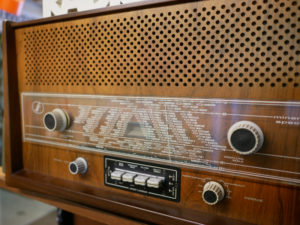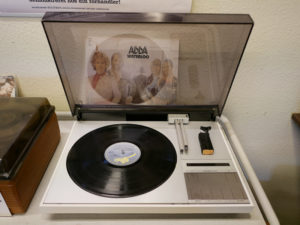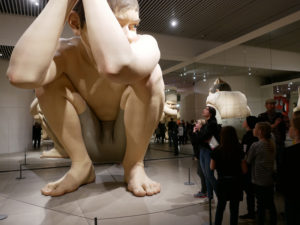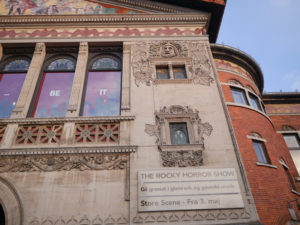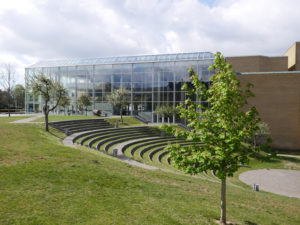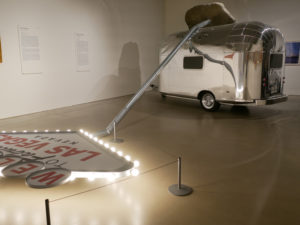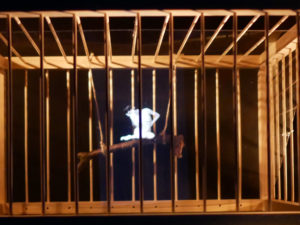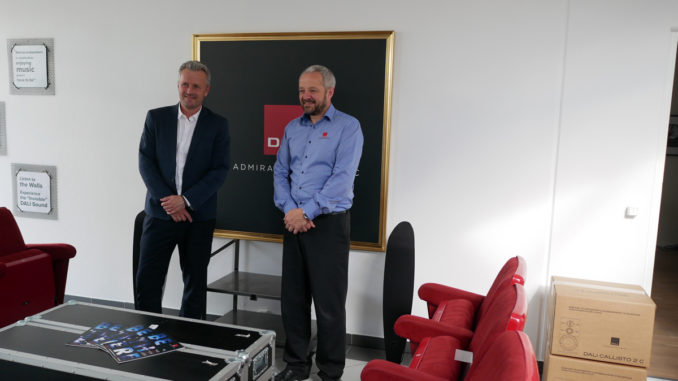
Danish Audiophile Loudspeaker Industries. That’s what DALI stands for so you can remove that mustachioed artists’ image from your head. Along with a group of colleagues, I spent a few days before High End Munich 2019 visiting the DALI factory in Nørager, Denmark.
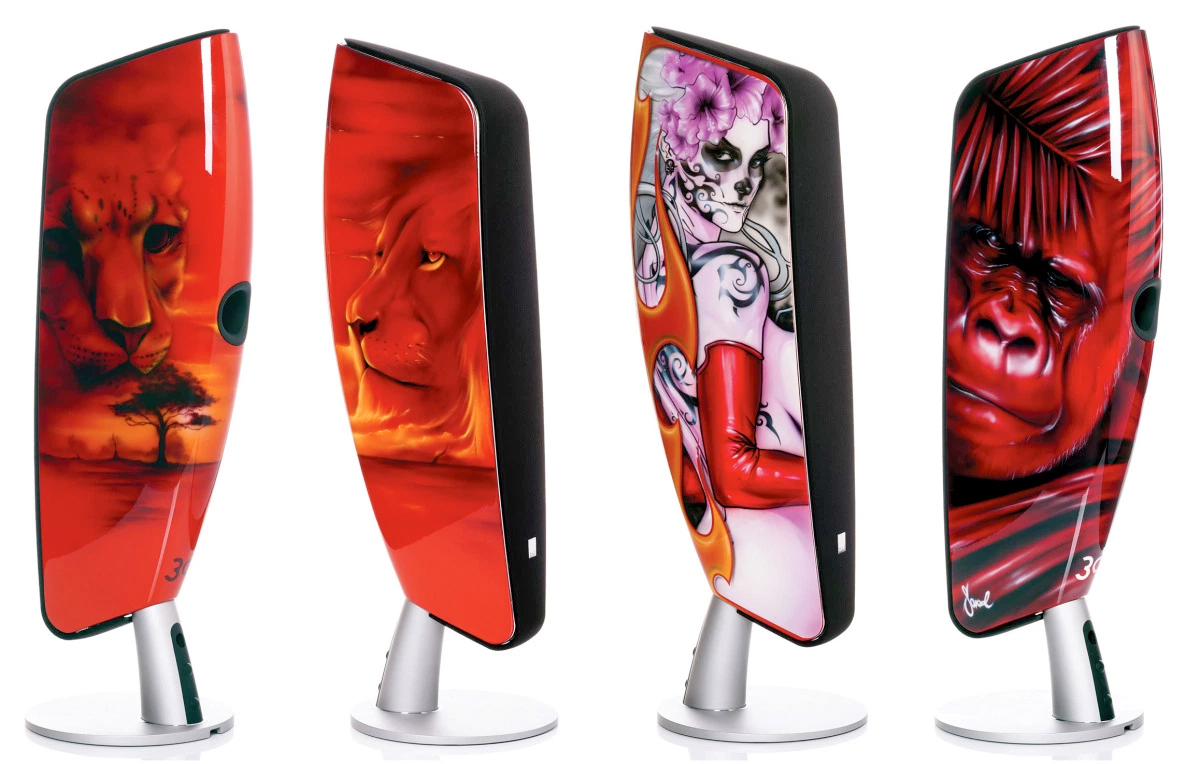
I recently reviewed the DALI CALLISTO 6 C Active Speakers and was favorably impressed with their…everything. We can trace my interest in the CALLISTO speakers directly back to RMAF 2018 where I first spied them and my interest in DALI goes back even further to High End Munich 2013 where the air-brushed FAZON F5 Anniversary Edition speakers caught my eye. I remember thinking—who are these guys?
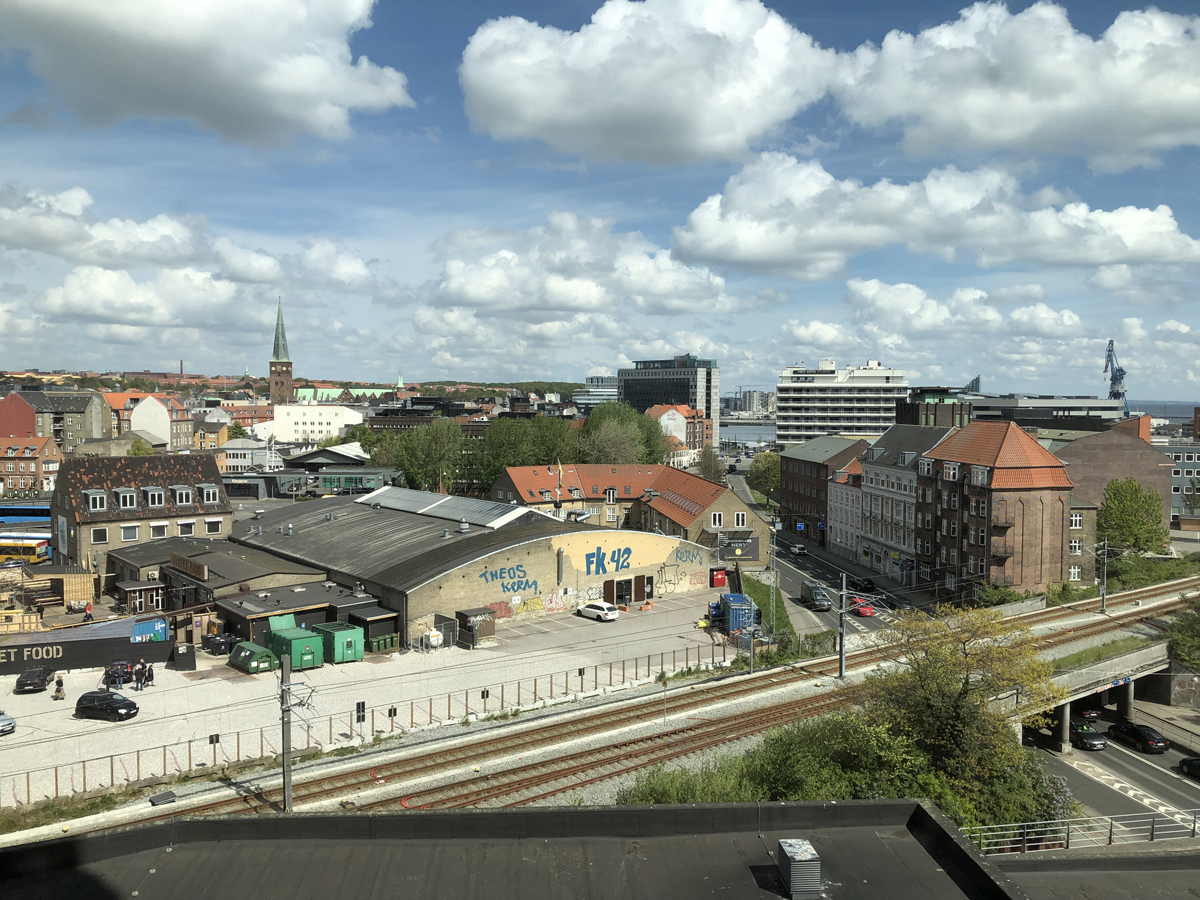
As you can imagine, when asked if I’d be interested in visiting the DALi factory, my response was a very swift “Yes!”
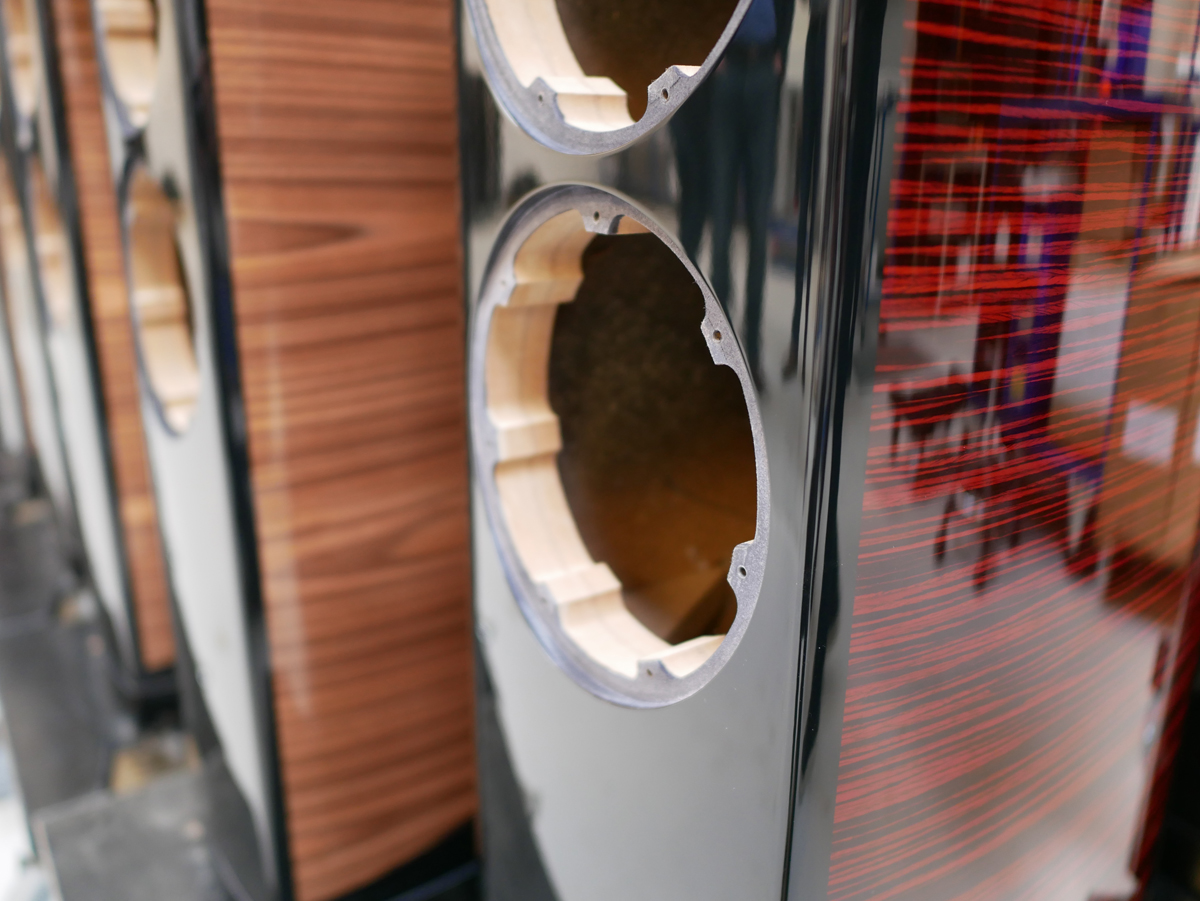
Seeing as you can read all about DALI on their About page, I’m not going to do the old cut ‘n paste and slightly re-write deal. Instead, let’s focus on the things I learned during our visit.
Production of DALI speakers takes place in two places—the 220K square foot Nørager factory and a DALI-owned and operated facility in China, which they’ve operated for 11 years. If you look at the range of speakers in the DALI lineup, you’ll see everything from small and portable, to in-wall, to active, and a number of passive speaker lines culminating in their flagship EPICON Series. In terms of price range, we’re looking at about $229 to $20k. DALI built 250k speakers in 2018. For reference, that’s two hundred and fifty thousand. DALI employs 250 people, 100 of whom work at the Nørager facility.
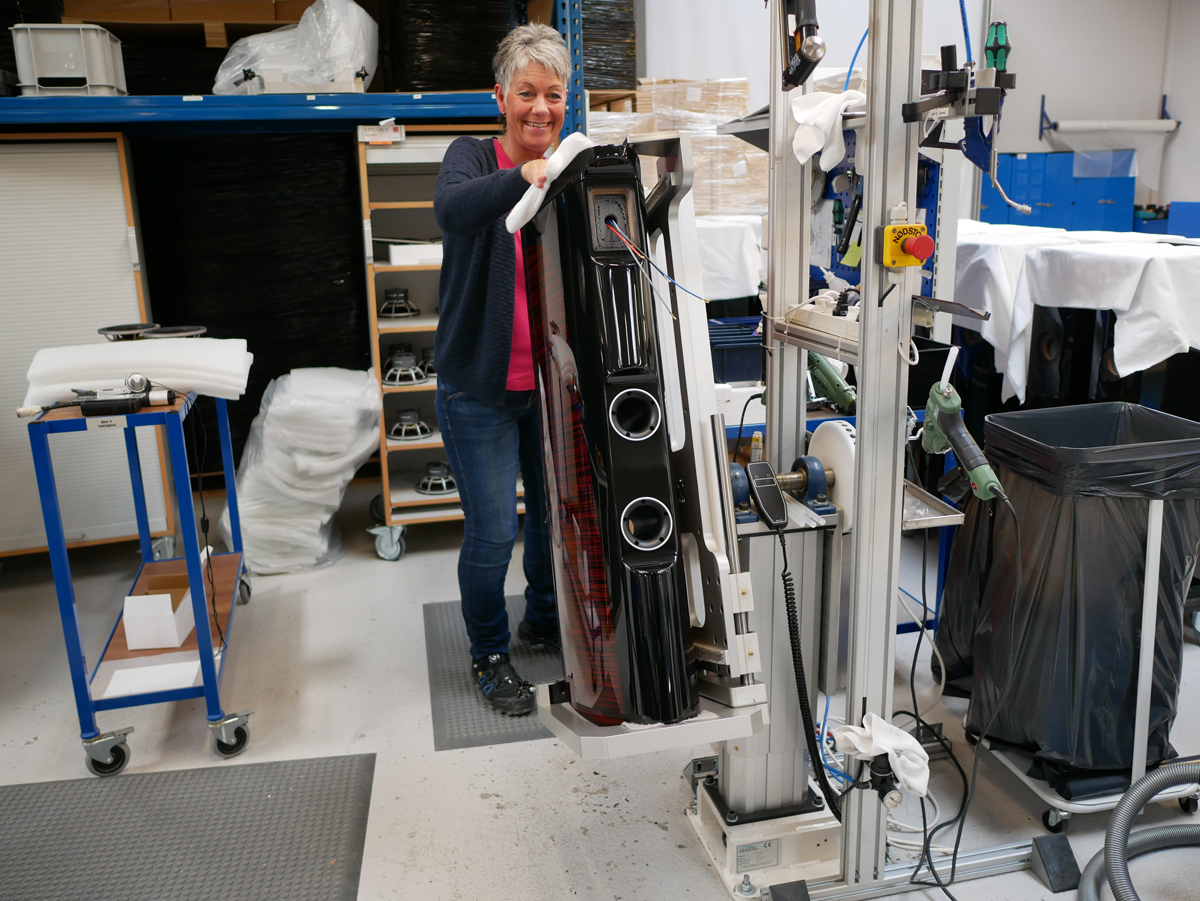
The split between what is produced where doesn’t necessarily follow price, as you might expect, rather it follows efficiencies and cost (as you might expect) although in a general sense, the further you move up the DALI line, the more the production takes place in Denmark. Going forward, this ratio will move even more heavily to Denmark-based production as the company is making some serious investments in the machinery needed to fabricate things like the complex cabinetry in the EPICON series.
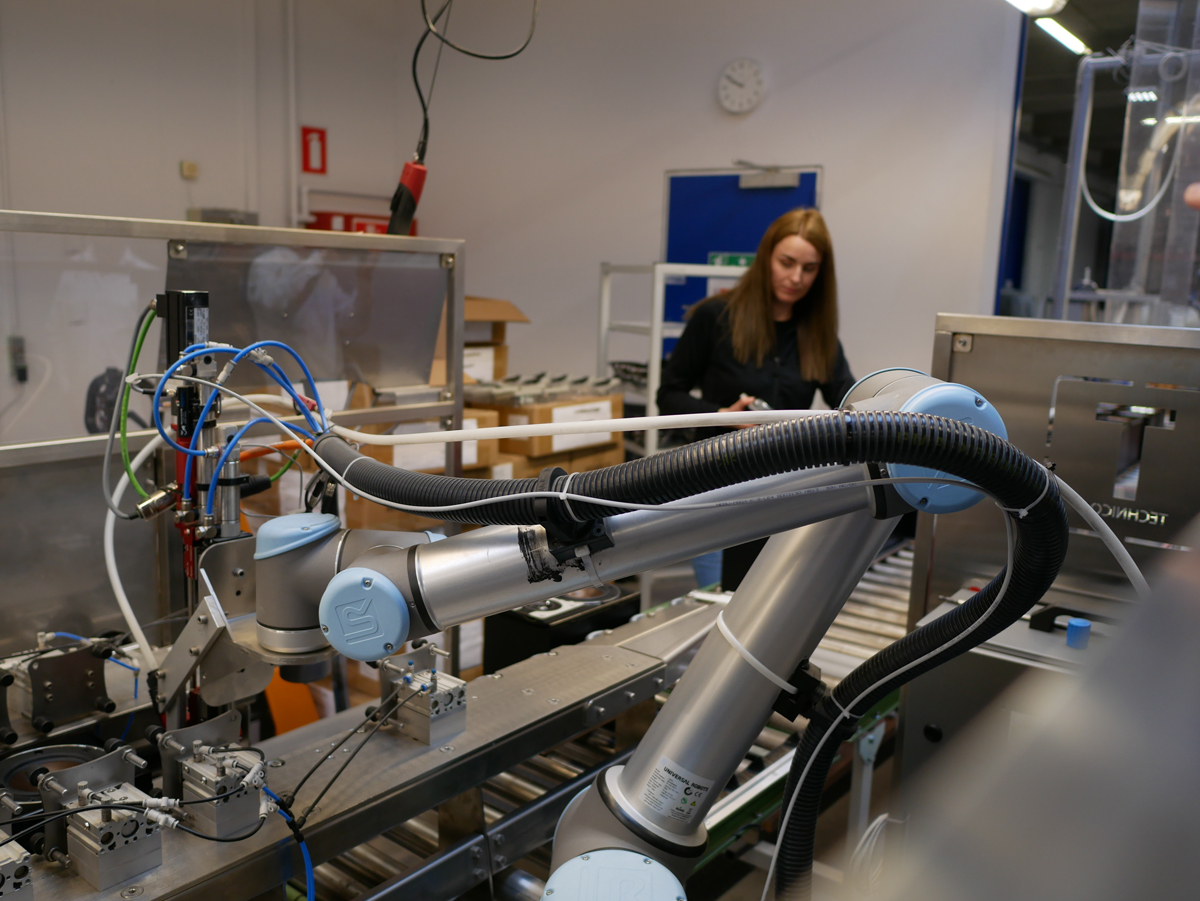
As it stands, every speaker that DALI ships goes through Nørager where, to varying degrees, assembly, finishing, and testing is performed. DALI talks about their “Quality Management System” and I can tell you from first-hand experience, this is not only a reality but a passion.
In terms of technology, one of the more interesting presentations revolved around the company’s patented Soft Magnetic Compound (SMC) technology:
SMC – a coated magnet granule that can be shaped into any form needed. SMC is a material with many advantages. It eliminates the modulations of the flux in the magnet gap when current, which is running through the voice coil windings, generates new “competing” flux in the magnet gap.
Furthermore, it eliminates the frequency dependency of the electrical and magnetic properties of irons parts. Actually, SMC offers exactly the right physical properties; very high magnetic conductivity and very low electrical conductivity (approximately 1/10,000’s iron), which gives a dramatic reduction in the unwanted distortion caused by mechanical loss in the magnet system – a reduction dramatic enough that it is clearly measurable and indeed audible.
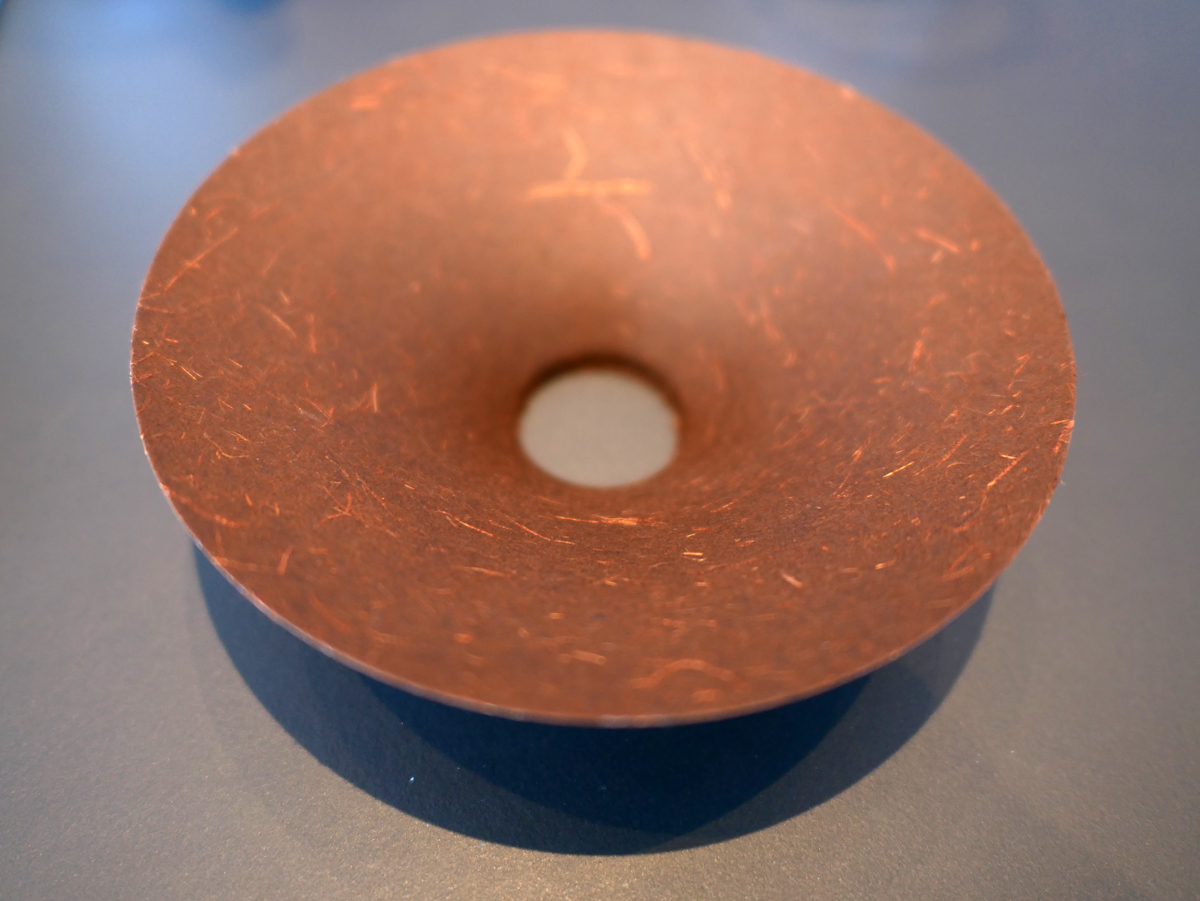
DALI designs and manufactures all their drivers in-house so SMC is not an add-on feature, it is an integral aspect of overall speaker design. Company CEO Lars Worre explained, in fascinating detail, the design process and one takeaway that remains with me is the importance of balance. By this I mean that there is no single silver bullet, so to speak, that brings a speaker to its finished state. Rather the sum of the parts creates a realm wherein the beauty of balance—the interplay of every aspect of design, materials, and production—informs, and sometimes creates surprises within, the process.
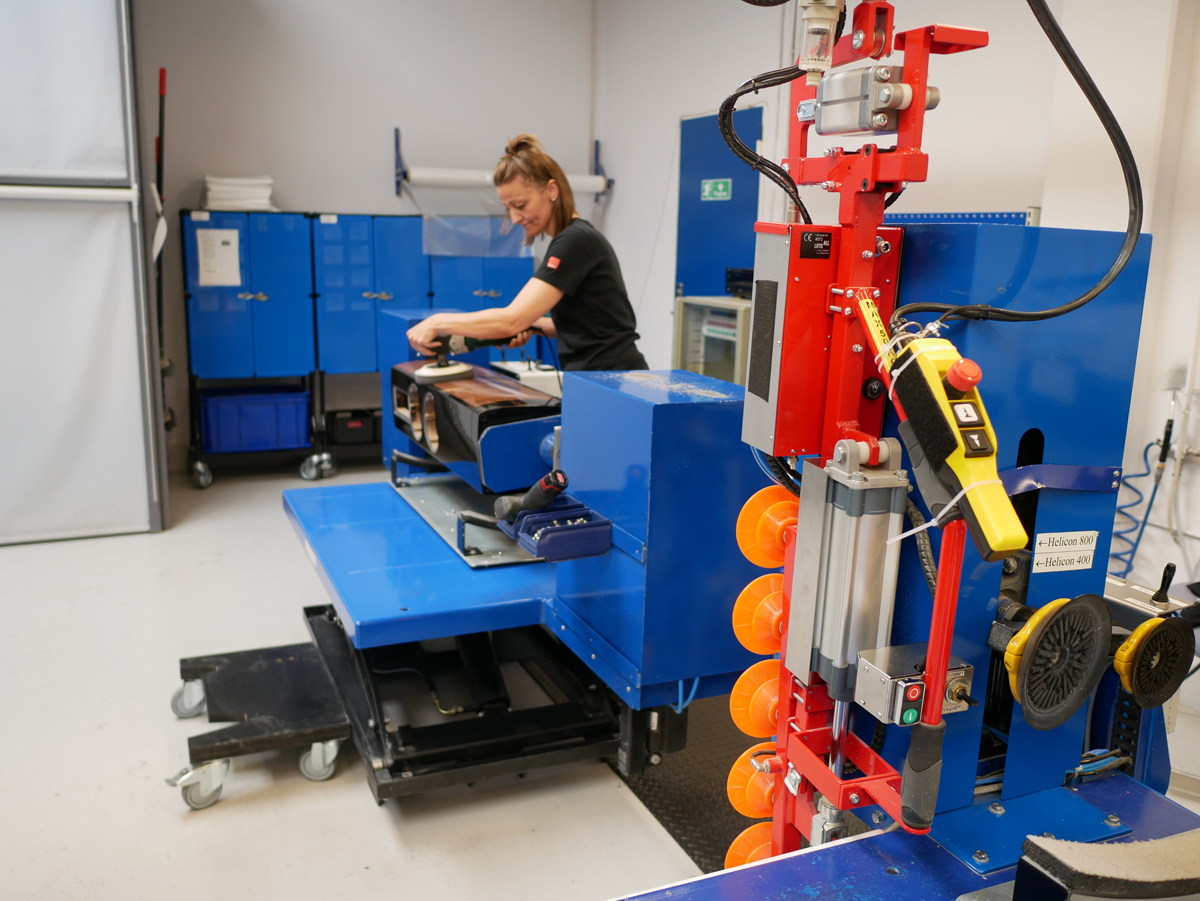
On a personal level, which is where I prefer to live, I walked away from my time in Denmark with a newfound level of respect for the work being done at DALI. I think it’s often the case in hifi that we lose sight of the people behind the products, which can lead to objectifying something that is much more than materials plus performance parameters. The decisions made in the design process number in the nearly innumerable, and these choices are ultimately made by people chasing a vision. In the case of DALI, this vision is a combination of science and passion, which is how it should be.
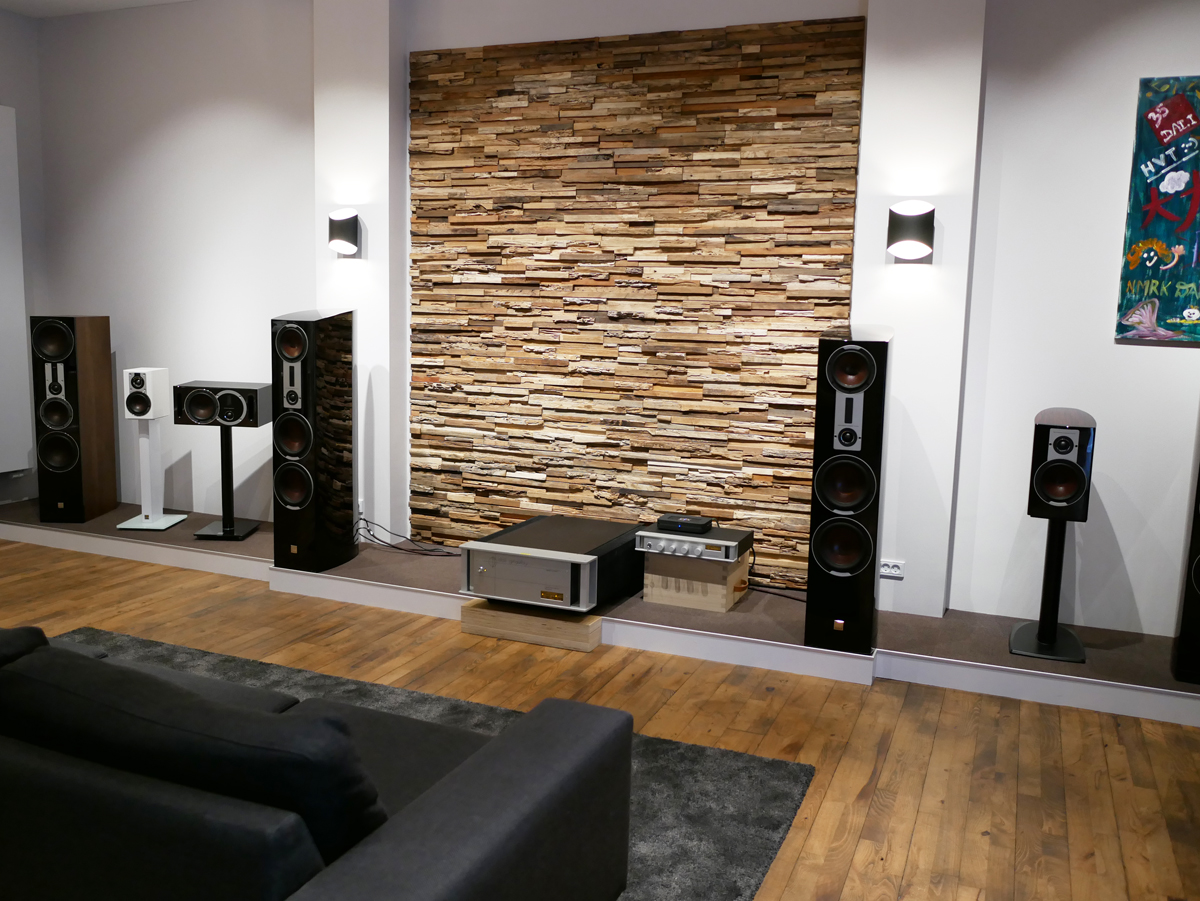
We ended our factory tour with some listening time in the purpose-built listening rooms. As you can see, the environment here is as much about sound as it is about the feel of the place. Of course there’s a rich history of design in Denmark and this is clearly evident in the DALI factory and their products.
Visit the DALI website for much more information.
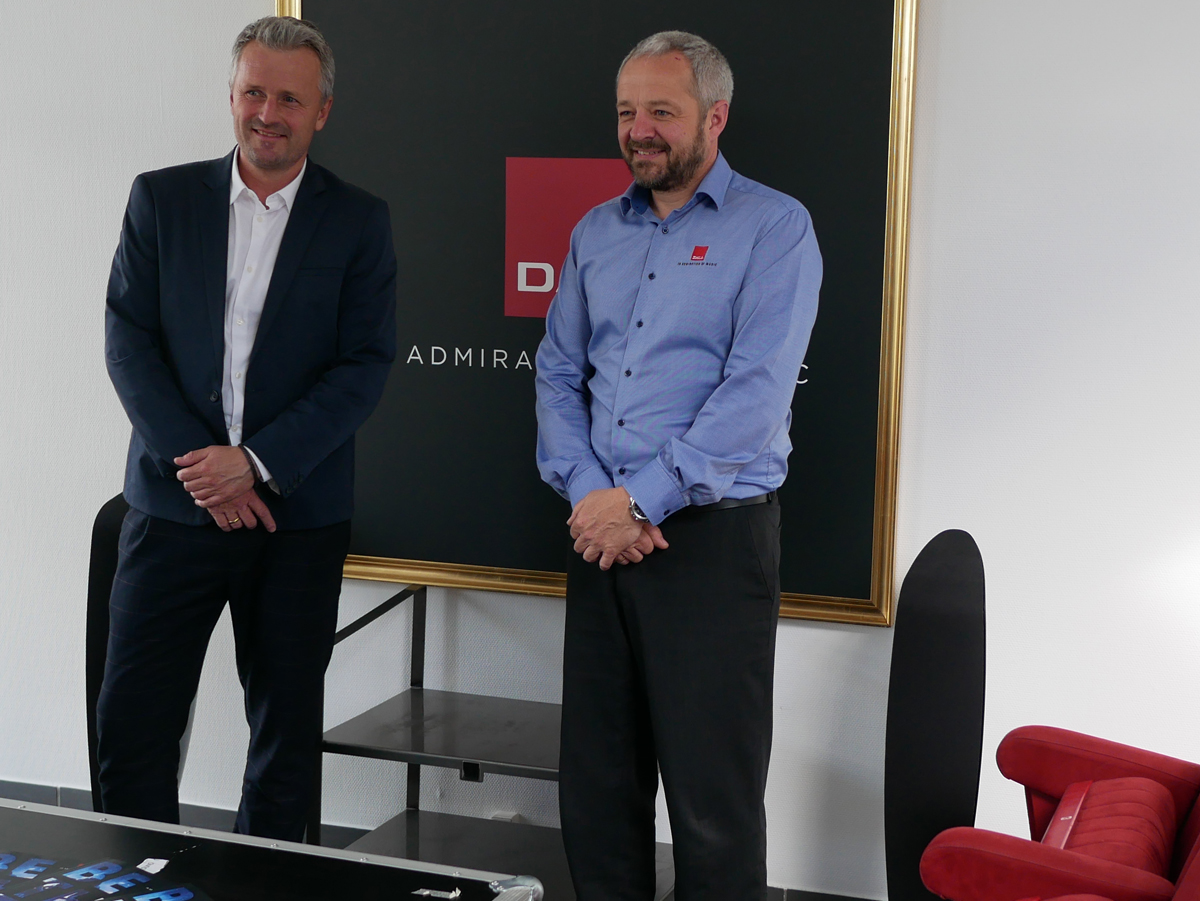
DALI Factory Photo Gallery
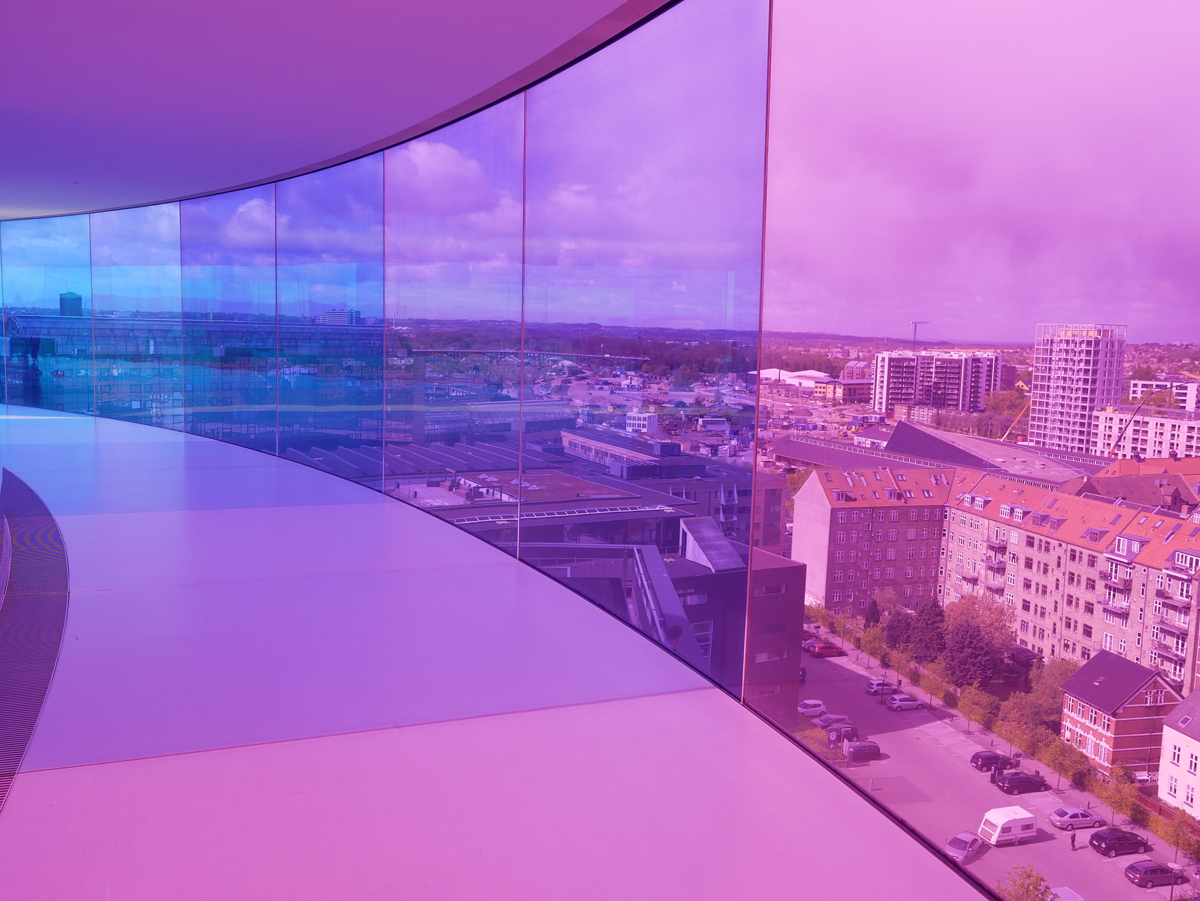
Our last day in Aarhus, which is where we stayed, was spent touring this lovely city with DALI’s Thomas Knudsen acting as tour guide. Among other stops, we visited the ARoS Aarhus Art Museum where I spent some amazing quiet reflection time with James Turrell’s Milkrun III (2002). Turrell’s light installations play tricks on your eyes and mind by slowly revealing what is being seen which remains in flux. These works demand time and attention while obliterating any sense (pardon the pun) of certainty, leaving you in a state of union with the work. To my mind, I can think of no better analogy for this wonderful hobby we all enjoy.
Around Aarhus

